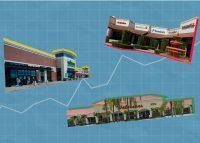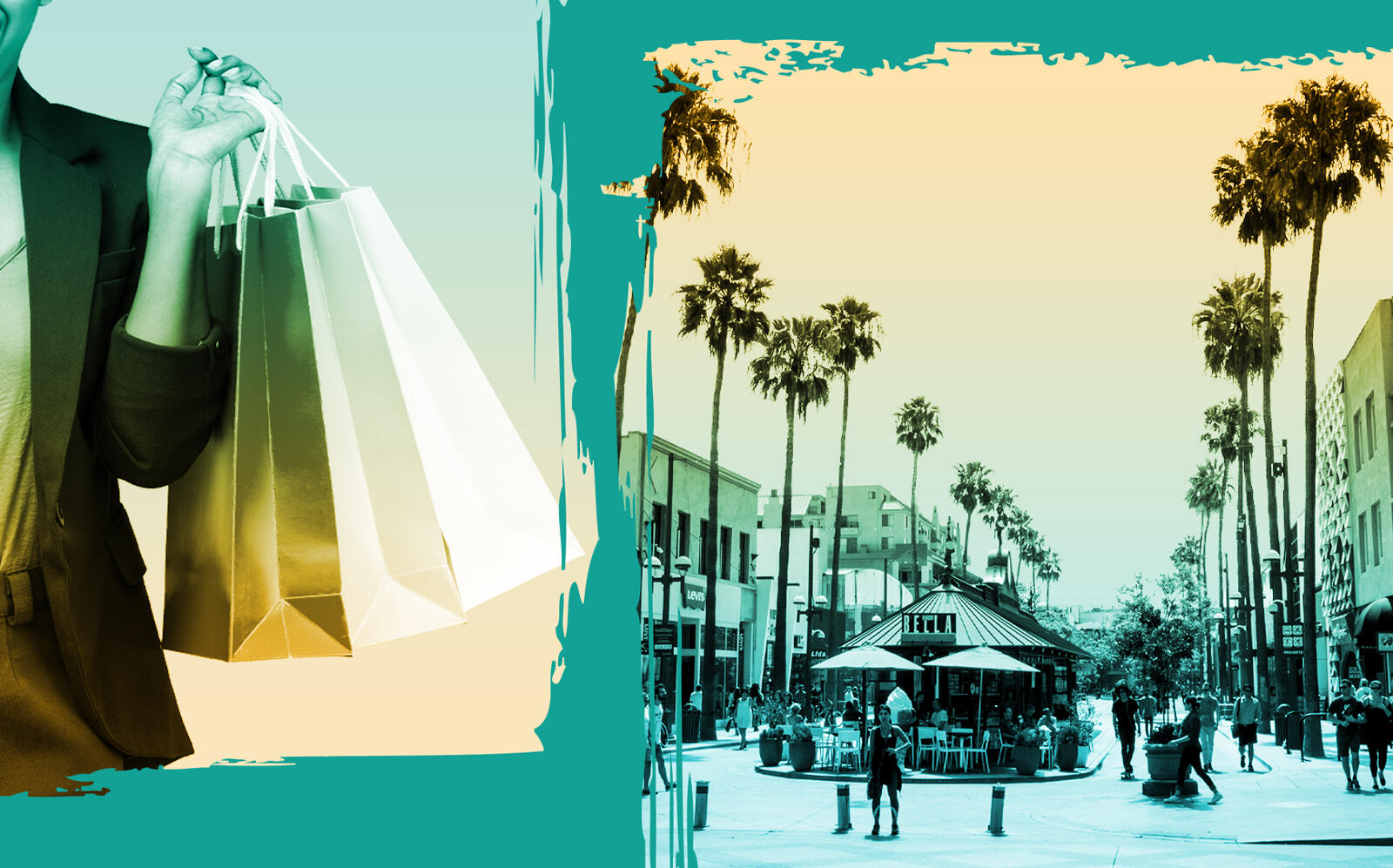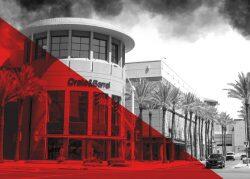 Here’s why open-air strip centers are outperforming enclosed malls
Here’s why open-air strip centers are outperforming enclosed malls
Trending
Open-air retail complexes enjoy breath of fresh air, hitting new peaks amid recovery
Shopping centers reach 10-year net absorption high: CBRE

U.S. retail is slowly regaining steam in the wake of the pandemic, but open-air shopping centers can boast recent success that’s pushed the segment to new peaks.
Landlords filled 17 million square feet of open-air shopping centers during the third quarter, according to CBRE data reported by the Wall Street Journal. The influx marks a 49 percent increase from 2019 and a 10-year high for net absorption.
The foot-traffic friendly shopping centers are defined as large complexes with no indoor common space, such as strip malls. They are typically anchored by grocery stores, which has proven to be a competitive element amid the pandemic. According to CBRE, investors poured $5 billion into grocery-anchored retail centers last quarter, the second-most for a single quarter in 10 years.
Grocery stores have particularly benefited from increased traffic as they became one of the lone open retail outlets during the early days of pandemic, emerging as a community necessity. The Journal reported grocery store foot traffic is up 3.6 percent compared to 2019, per data from Placer.ai.
Retail analysts told the Journal that open-air shopping centers are also benefiting from migration to the suburbs, as more people have been able to shop during the week as remote work became common.
Read more
 Here’s why open-air strip centers are outperforming enclosed malls
Here’s why open-air strip centers are outperforming enclosed malls
 US mall values plummeted by one-third in 4 years
US mall values plummeted by one-third in 4 years
It first became clear last year that outdoor shopping centers and strip malls would outpace enclosed malls in pandemic recovery. RPT Realty, which operated almost 50 open-air centers as of September 2020, was able to collect 86 percent of rent from its tenants through that month.
The picture was a sharp contrast to mall operators like Simon Property Group, who faced big losses and bankruptcies stemming from a decline in traffic and rent caused by the pandemic.
Recent data from Green Street further divide the two retail sectors. Malls have lost a third of their value in only four years. Meanwhile, the value of strip centers has actually increased nearly 5 percent since 2016 and 13 percent since the start of the pandemic.
[WSJ] — Holden Walter-Warner




